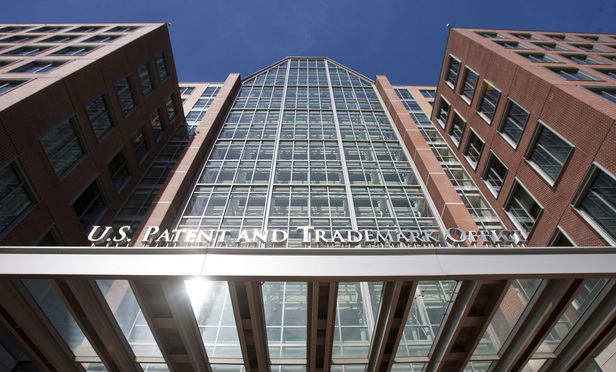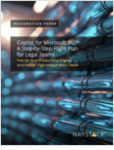Over 3,600 petitions for inter partes review (IPR) have been filed with the U.S. Patent and Trademark Office’s Patent Trial and Appeal Board (PTAB) since this post-grant procedure became available in 2012. Those IPRs often have related district court patent cases, many of which are being stayed pending adjudication of the IPRs. One practical consequence of this fundamental shift in U.S. patent practice is that patent litigators are now routinely finding themselves thrown into the unfamiliar world of PTAB practice, which bears little resemblance to district court litigation. Indeed, at times the rules and procedures are direct opposites. Litigators must appreciate these fundamental differences to successfully represent clients before the PTAB.
To assist those who may have extensive litigation experience yet are relative novices to PTAB practice, we examine five key areas of practical distinctions between district court litigation and IPRs. And perhaps readers who do not practice in this area are wondering what all the shouting is about. We invite you to come along, too.
This content has been archived. It is available through our partners, LexisNexis® and Bloomberg Law.
To view this content, please continue to their sites.
Not a Lexis Subscriber?
Subscribe Now
Not a Bloomberg Law Subscriber?
Subscribe Now
LexisNexis® and Bloomberg Law are third party online distributors of the broad collection of current and archived versions of ALM's legal news publications. LexisNexis® and Bloomberg Law customers are able to access and use ALM's content, including content from the National Law Journal, The American Lawyer, Legaltech News, The New York Law Journal, and Corporate Counsel, as well as other sources of legal information.
For questions call 1-877-256-2472 or contact us at [email protected]






